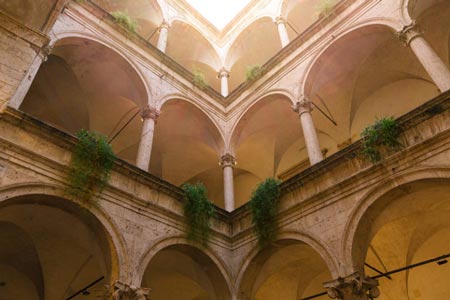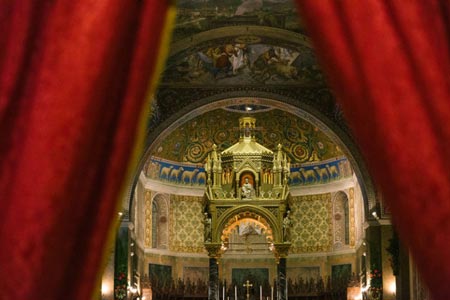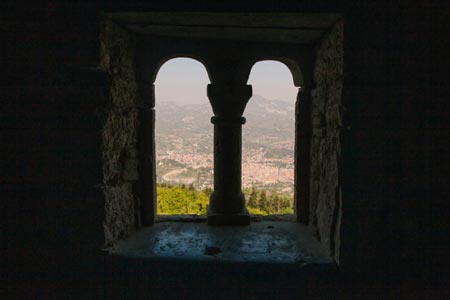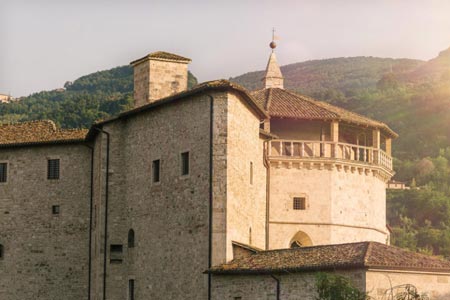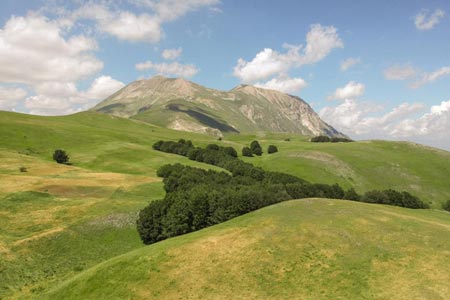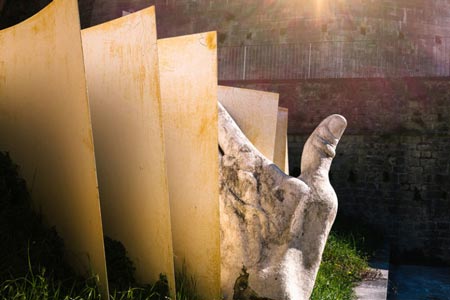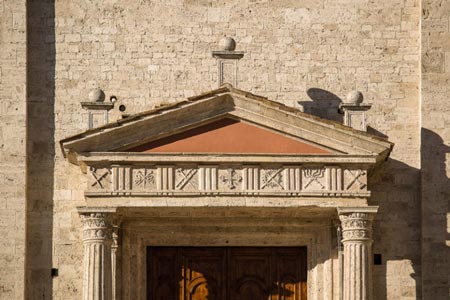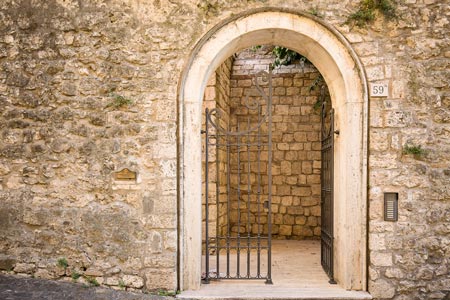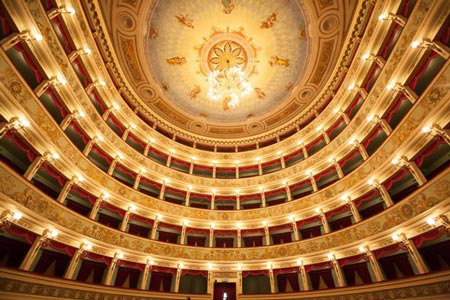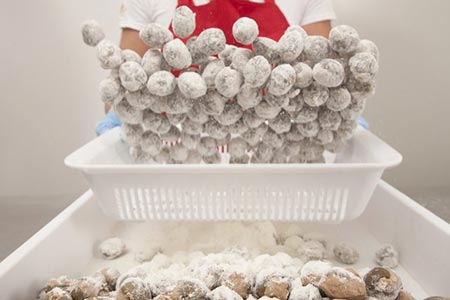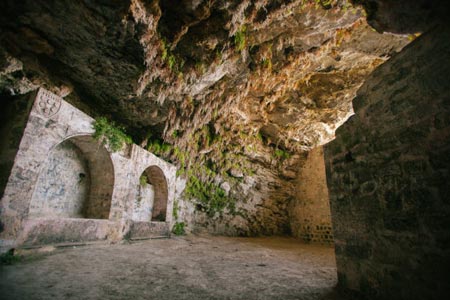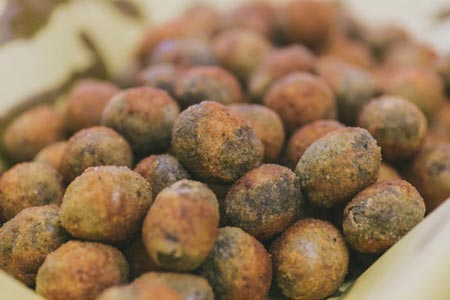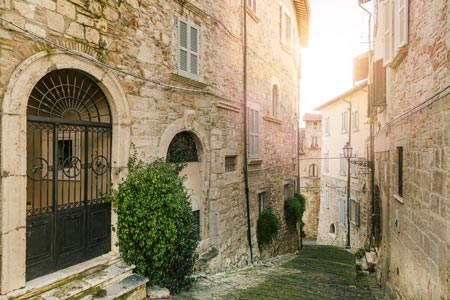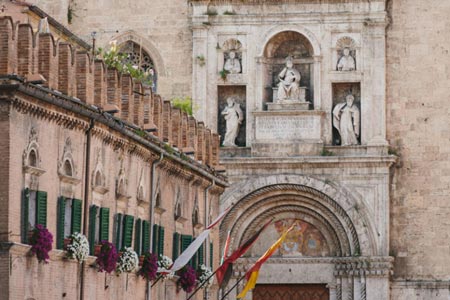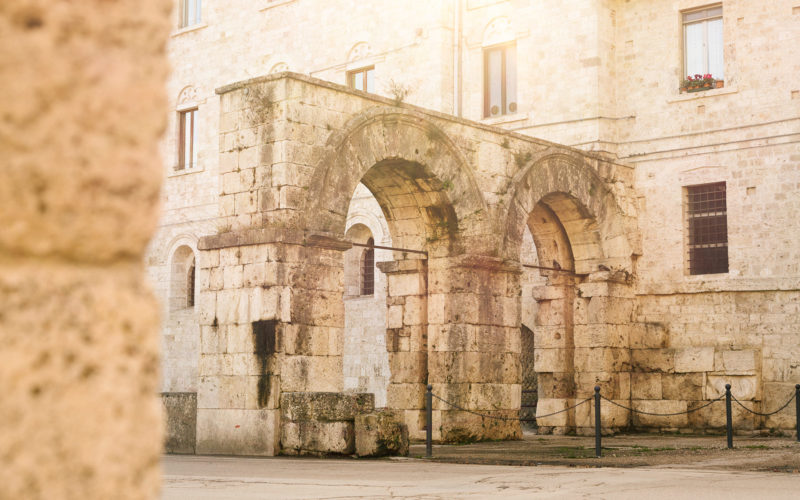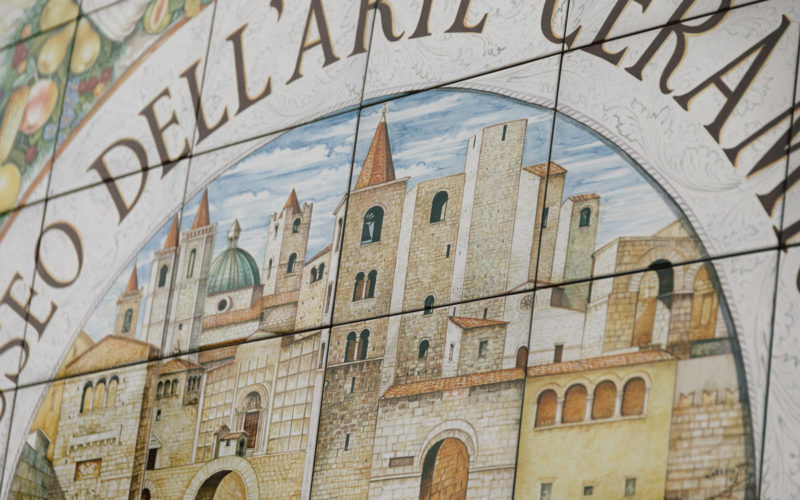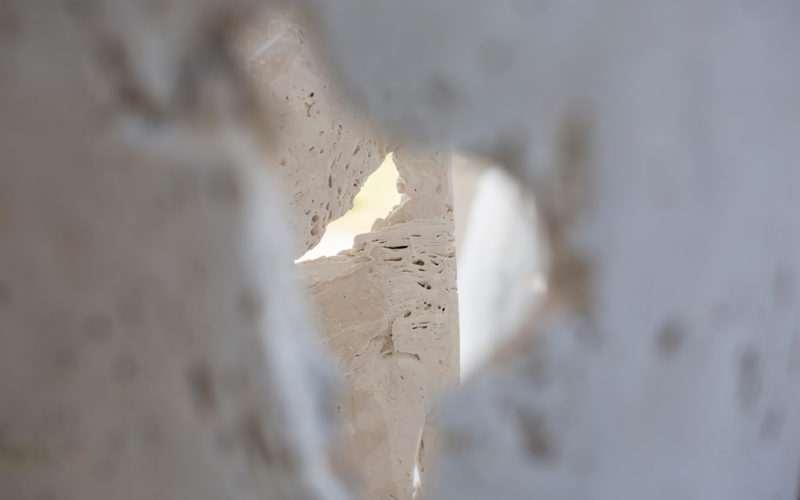A corner of art and history in Ascoli Piceno: the Loggia dei Mercanti
If you are walking in Piazza del Popolo and you are about to enter the Church of St. Francis from its side portal, turn left and walk to the intersection of the Cardo (the city’s main north-south street) and the Decumano (the city’s main east-west street), today’s Via del Trivio and Corso Mazzini: here you will find the Loggia dei Mercanti, an elegant construction completed in 1513.
The powerful Guild of the Lanai Masters (or Lanari, wool merchants) commissioned the construction of this area where they could exhibit their artifacts. The works were supervised first by Bernardino da Carona, then by Francesco Rubei da Villagona; numerous artists have been thought to be the authors of the design (like Cola dell’Amatrice and Benedetto da Maiano). The loggia was clearly built in the style of Bramante, with five wide arches supported by columns set on high cubes, which create a harmonious, light effect.
On the wall next to the side portal of the Church of St. Francis, under the loggia, there is a large travertine slab that worked as a size guide for bricks and tiles to be used in the construction of the Loggia and for future buildings too. The order, signed by Governor Giovan Battista Baiardi of Parma and by the Council of the Elders in 1568, was made necessary because, in their opinion, the furnace workers’ products were “poor” and “too small”. The fine for not respecting it was ten Italian scudi!
CONDIVIDI I TUOI SCATTI CON GLI HASHTAG: #visitascoli #ascolipiceno2024
AUTHOR: Lella Palumbi, expert in art history
